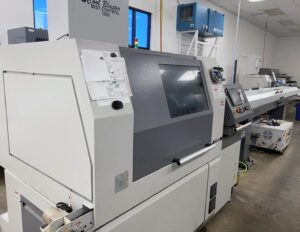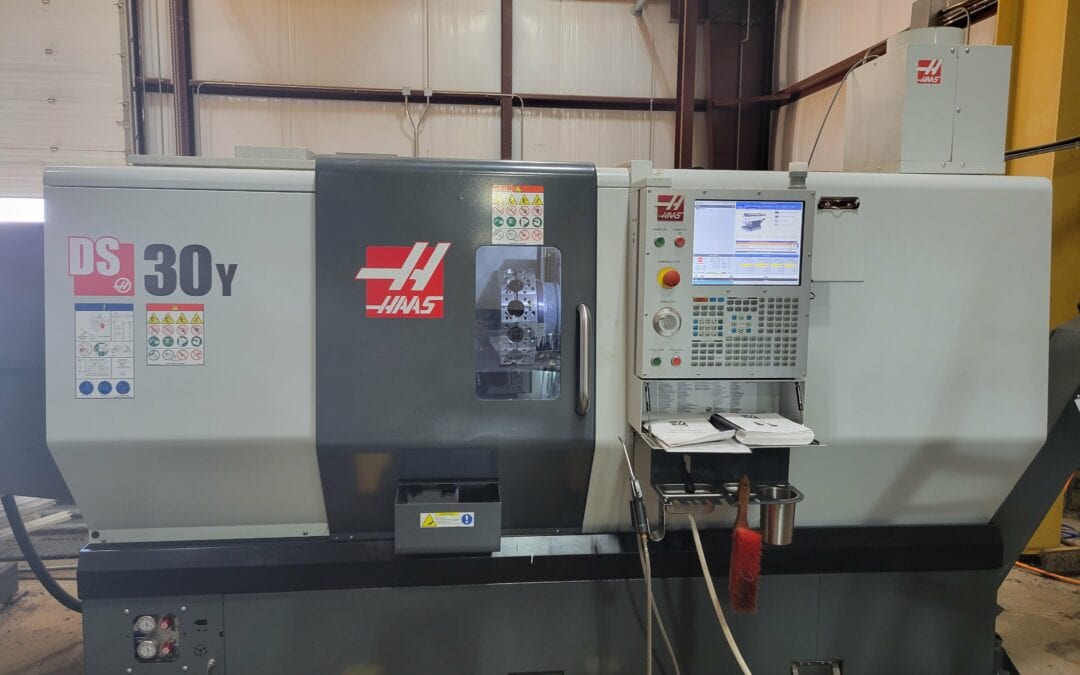Choosing the Right Lathe: A Comprehensive Guide to Making an Informed Decision
In the realm of machining, lathes hold a central position, transforming raw materials into precise components across various industries. With an array of lathe types available, each catering to distinct applications, the question “Which lathe should I buy?” demands a comprehensive understanding of their advantages and disadvantages. In this guide, we’ll delve into the world of lathes, including CNC lathes, multi-axis lathes, Swiss type lathes, engine lathes, and vertical turret lathes, to help you make an informed choice.
CNC Lathes

Advantages:
CNC lathes offer unmatched precision and automation. With computer-controlled operations, they excel at producing intricate parts consistently. Their versatility and ability to handle complex geometries make them a staple in modern manufacturing.
Disadvantages:
The initial investment for CNC lathes can be high, and their complexity requires operators with specialized skills. Maintenance and repairs might also demand specialized knowledge.
Multi-Axis Lathes

Advantages:
Multi-axis lathes provide exceptional versatility by allowing movement along multiple axes simultaneously. This capability enables the creation of intricate shapes and contours that might be challenging for traditional lathes.
Disadvantages:
Multi-axis lathes can be complex to program and set up, demanding a higher level of expertise. The complexity also increases the chances of errors during programming and operation.
Swiss Type Lathes

Advantages:
Swiss type lathes excel at producing small, intricate parts with high precision. The guide bushing system enhances stability during machining. They’re ideal for applications requiring tight tolerances, such as medical and electronics components.
Disadvantages:
Swiss type lathes may not be suitable for larger workpieces or components with less complexity. The guide bushing setup might lead to longer setup times.
Engine Lathes

Advantages:
Engine lathes are known for their simplicity and versatility. They are well-suited for general-purpose machining, such as turning, threading, and facing. Engine lathes are relatively easy to operate and maintain.
Disadvantages:
Engine lathes might lack the advanced features and automation of modern CNC lathes. They could be less efficient for complex or high-volume production.
Vertical Turret Lathes

Advantages:
Vertical turret lathes excel at machining large, heavy workpieces. Their vertical orientation provides stability during cutting operations. They are ideal for industries such as aerospace and automotive, producing parts like gears, wheels, and turbine blades.
Disadvantages:
Vertical turret lathes might be limited in their application, particularly for smaller and intricate components. Their vertical design might lead to challenges in accessing certain workpiece areas.
Summary
Your choice should align with your industry, part complexity, budget, and long-term goals. When making your decision, consider factors such as precision, versatility, automation, operator skill level, maintenance, and the overall cost of ownership. Consulting with machining experts and suppliers can provide valuable insights tailored to your specific needs. Ultimately, the lathe you choose becomes an integral asset in your manufacturing journey, influencing your productivity, quality, and competitiveness.
Revelation Machinery offers a regularly updated inventory of used lathes for sale including CNC lathes, multi-axis lathes, swiss type lathes, engine lathes, and VTL or vertical turret lathes. Let us help you find the industrial lathe that can improve your production, quality, and competitiveness today. Reach out to our equipment experts today. Interested in selling your machine? Learn how easy it is to sell your used industrial lathes for cash to Revelation Machinery today!

